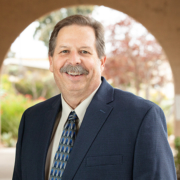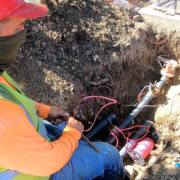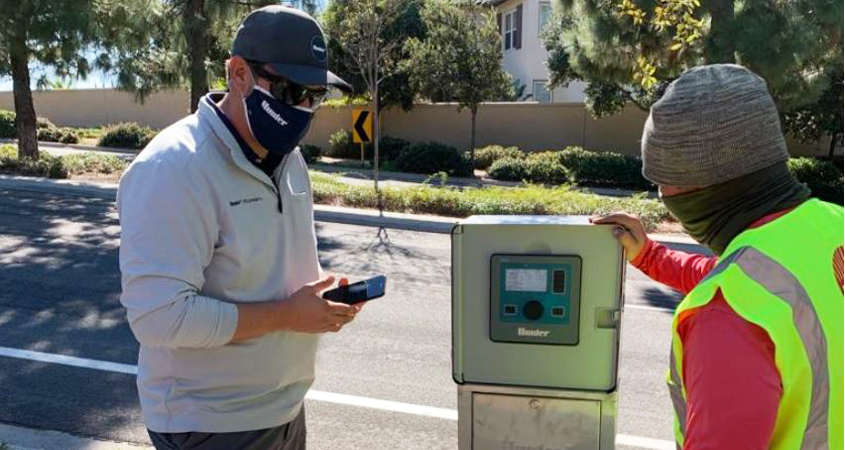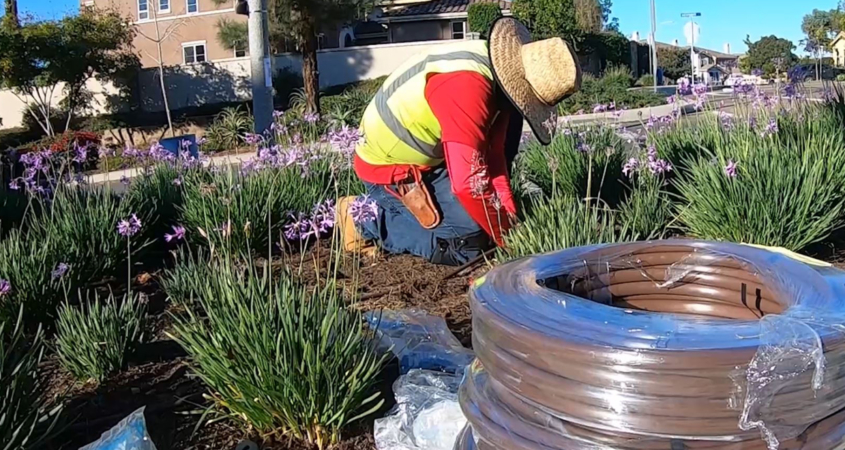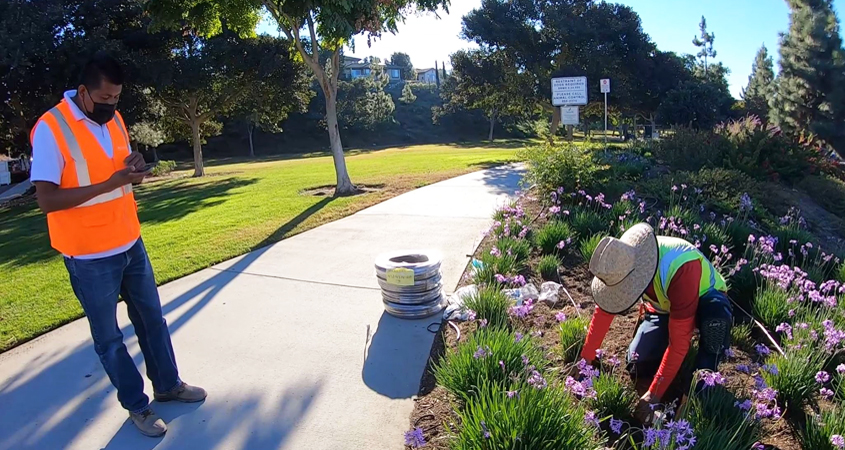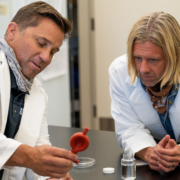Water use in the San Diego region was one of the positive trends in the 2020 Quality of Life Dashboard report released today by the Equinox Project.
The Quality of Life Dashboard measures and benchmarks environmental and economic trends throughout the region. Half of the 16 indicators used to measure San Diego County’s quality of life were either positive or neutral in 2019. The Dashboard tracks the county’s progress on critical quality-of-life issues and provides examples of what is working well and how the region can improve.
Six of the 16 indicators received a “thumbs-up” in the report, including water use, air quality, electricity use and renewable energy & storage. Five indicators, including traffic congestion, received a “thumbs-down.” Two indicators were neutral and three new indicators were added this year: Climate Change & Planning, Civic Engagement, and Regional Leadership in a Time of Crisis.
“The pandemic has shown the inequities that exist in our region as well as how they’re often interrelated,” said Dr. Emily Young, Executive Director of The Nonprofit Institute at the University of San Diego, where the Equinox Project is based. “The pandemic is in some ways instructive of some ways in which climate change will play out in our region in the future as well as ways that may exacerbate equality. It’s also instructive in how our community is coming together to respond to the challenges at hand with strength, innovation and resilience.”

“The pandemic is in some ways instructive of some ways in which climate change will play out in our region in the future as well as ways that may exacerbate equality,” said Dr. Emily Young, executive director of The Nonprofit Institute at the University of San Diego.
Residential water consumption decreased after dry 2018
As part of a long-term trend toward water efficiency and conservation, residential water use in San Diego County decreased from 2018 to 2019.
“Fluctuations in weather, including current La Niña conditions that typically mean a dry winter for California, highlight the importance of diversifying our regional water supply sources and continued investments in the infrastructure to deliver a safe, reliable supply to the region,” said Goldy Herbon, San Diego County Water Authority senior water resources specialist.
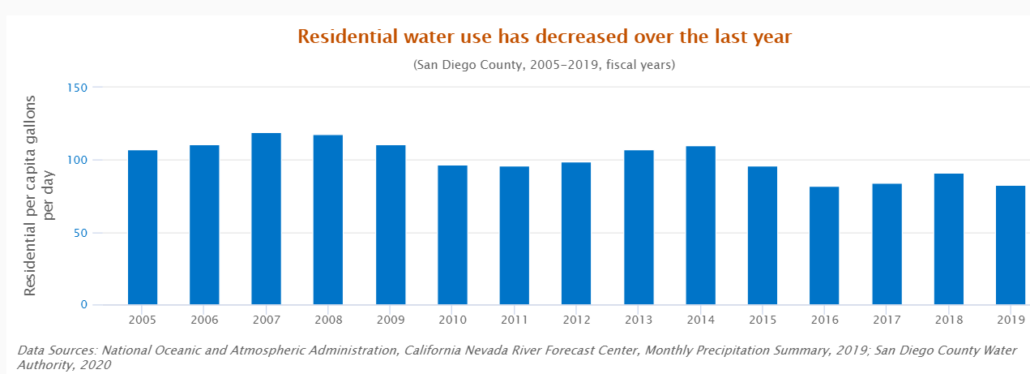
Residential water use per capita in 2019 decreased as compared to 2018, and remained lower than historical rates. Graphic: The Nonprofit Institute/University of San Diego
“Water use received a thumbs-up because daily residential water consumption in San Diego County decreased by 8.8% from 91 gallons per capita in 2018 to 83 gallons in 2019,” according to the report. “Residential water use still remains below the 2011 pre-drought levels, which at its peak in 2007 reached 119 gallons per capita. The 2018 year was an extremely dry year but the 2019 year saw rainfall return to the level experienced in 2017, which likely contributed to water use returning to its 2017 level.”
Diversification and water management strategies
“San Diego County’s water supply has diversified significantly over the last couple of decades,” according to the report. “While the San Diego County Water Authority has decreased the region’s reliance on water from the Metropolitan Water District which serves parts of Los Angeles, Orange, San Diego, Riverside, San Bernardino and Ventura counties, the region still remains heavily reliant on water from the Colorado River (through water supply purchases from MWD and through water conserved and purchased through the Imperial Irrigation District and through water conserved by lining the All-American and Coachella canals).”
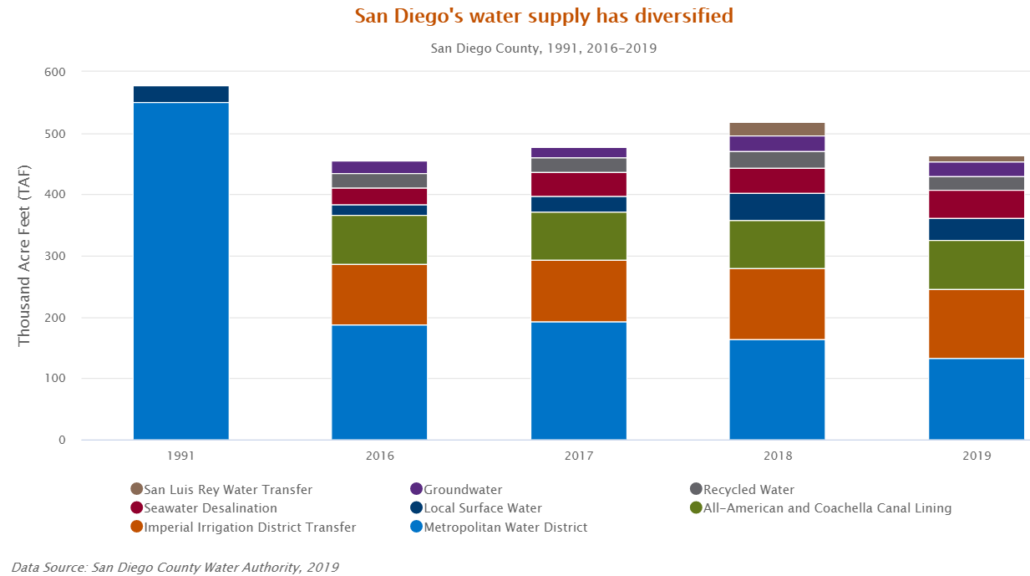
San Diego County’s water supply has diversified significantly over the last couple of decades. Graphic: The Nonprofit Institute/University of San Diego
The report also credited the San Diego region’s development of integrated regional water management strategies, which is a collaborative effort aimed at developing long-term water supply reliability, improving water quality, and protecting natural resources.
“The San Diego County Water Authority, along with the City of San Diego and the County of San Diego, has developed an Integrated Regional Water Management Plan (IRWMP), and the IRWMP builds on local water and regional management plans within the San Diego Region,” the report noted. “The IRWMP was developed with input from a diverse group of stakeholders that make up the Regional Advisory Committee, representation includes water management agencies, resource conservation agencies, tribes and nonprofits. The IRWMP was updated in 2019 and includes information on climate change science as well as a stormwater capture feasibility study.”
Diversified supply supports region’s economy
The report says a diversified water supply supports the region’s high quality of life, its thriving economy and a healthy environment.
“Over the past two decades, diversification efforts have helped the San Diego region significantly reduce its reliance on the Metropolitan Water District from 95% in 1991 to 40% in 2018, and a projected 11% in 2020 and 2% by 2035,” according to the report. “Research has shown that a reliable water supply and the infrastructure necessary to store, move, treat, and deliver are essential to the development of an advanced economy. These factors are indispensable for supporting the diversity of industries within the regional economy. Interruptions of the region’s water supply would have severe impacts on all local industries.”
The San Diego Regional Quality of Life Dashboard was launched in August 2010. This year, eight University of San Diego researchers contributed to the Dashboard to highlight key trends in the region’s quality of life along with a critical focus on equity and how leaders are adapting in the face of the pandemic.

